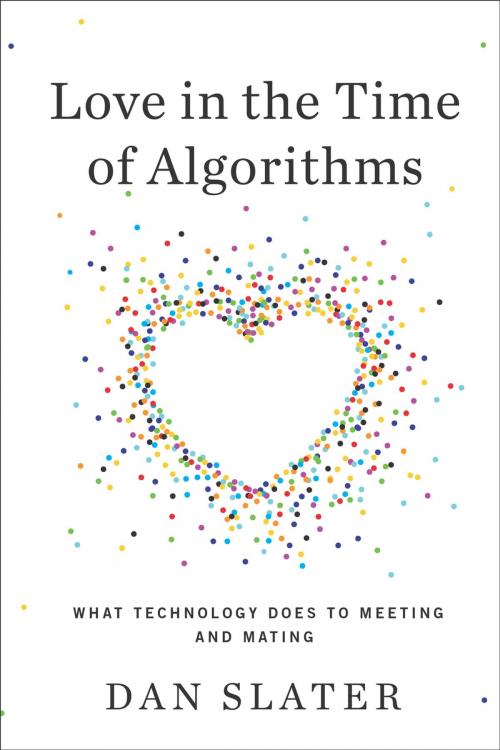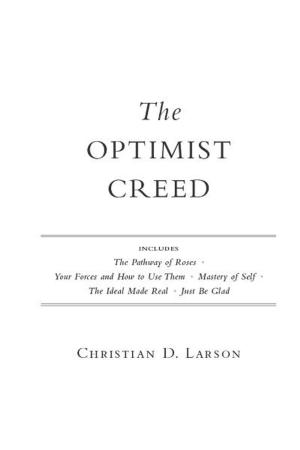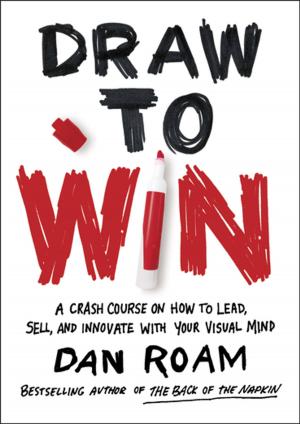Love in the Time of Algorithms
What Technology Does to Meeting and Mating
Nonfiction, Health & Well Being, Psychology, Interpersonal Relations, Family & Relationships, Relationships, Love/Romance, Computers| Author: | Dan Slater | ISBN: | 9781101608258 |
| Publisher: | Penguin Publishing Group | Publication: | January 24, 2013 |
| Imprint: | Current | Language: | English |
| Author: | Dan Slater |
| ISBN: | 9781101608258 |
| Publisher: | Penguin Publishing Group |
| Publication: | January 24, 2013 |
| Imprint: | Current |
| Language: | English |
“If online dating can blunt the emotional pain of separation, if adults can afford to be increasingly demanding about what they want from a relationship, the effect of online dating seems positive. But what if it’s also the case that the prospect of finding an ever more compatible mate with the click of a mouse means a future of relationship instability, a paradox of choice that keeps us chasing the illusive bunny around the dating track?”
** **
It’s the mother of all search problems: how to find a spouse, a mate, a date. The escalating marriage age and declining marriage rate mean we’re spending a greater portion of our lives unattached, searching for love well into our thirties and forties.
It’s no wonder that a third of America’s 90 million singles are turning to dating Web sites. Once considered the realm of the lonely and desperate, sites like eHarmony, Match, OkCupid, and Plenty of Fish have been embraced by pretty much every demographic. Thanks to the increasingly efficient algorithms that power these sites, dating has been transformed from a daunting transaction based on scarcity to one in which the possibilities are almost endless. Now anyone—young, old, straight, gay, and even married—can search for exactly what they want, connect with more people, and get more information about those people than ever before.
As journalist Dan Slater shows, online dating is changing society in more profound ways than we imagine. He explores how these new technologies, by altering our perception of what’s possible, are reconditioning our feelings about commitment and challenging the traditional paradigm of adult life.
Like the sexual revolution of the 1960s and ’70s, the digital revolution is forcing us to ask new questions about what constitutes “normal”: Why should we settle for someone who falls short of our expectations if there are thousands of other options just a click away? Can commitment thrive in a world of unlimited choice? Can chemistry really be quantified by math geeks? As one of Slater’s subjects wonders, “What’s the etiquette here?”
Blending history, psychology, and interviews with site creators and users, Slater takes readers behind the scenes of a fascinating business. Dating sites capitalize on our quest for love, but how do their creators’ ideas about profits, morality, and the nature of desire shape the virtual worlds they’ve created for us? Should we trust an industry whose revenue model benefits from our avoiding monogamy?
Documenting the untold story of the online-dating industry’s rise from ignominy to ubiquity—beginning with its early days as “computer dating” at Harvard in 1965—Slater offers a lively, entertaining, and thought provoking account of how we have, for better and worse, embraced technology in the most intimate aspect of our lives.
“If online dating can blunt the emotional pain of separation, if adults can afford to be increasingly demanding about what they want from a relationship, the effect of online dating seems positive. But what if it’s also the case that the prospect of finding an ever more compatible mate with the click of a mouse means a future of relationship instability, a paradox of choice that keeps us chasing the illusive bunny around the dating track?”
** **
It’s the mother of all search problems: how to find a spouse, a mate, a date. The escalating marriage age and declining marriage rate mean we’re spending a greater portion of our lives unattached, searching for love well into our thirties and forties.
It’s no wonder that a third of America’s 90 million singles are turning to dating Web sites. Once considered the realm of the lonely and desperate, sites like eHarmony, Match, OkCupid, and Plenty of Fish have been embraced by pretty much every demographic. Thanks to the increasingly efficient algorithms that power these sites, dating has been transformed from a daunting transaction based on scarcity to one in which the possibilities are almost endless. Now anyone—young, old, straight, gay, and even married—can search for exactly what they want, connect with more people, and get more information about those people than ever before.
As journalist Dan Slater shows, online dating is changing society in more profound ways than we imagine. He explores how these new technologies, by altering our perception of what’s possible, are reconditioning our feelings about commitment and challenging the traditional paradigm of adult life.
Like the sexual revolution of the 1960s and ’70s, the digital revolution is forcing us to ask new questions about what constitutes “normal”: Why should we settle for someone who falls short of our expectations if there are thousands of other options just a click away? Can commitment thrive in a world of unlimited choice? Can chemistry really be quantified by math geeks? As one of Slater’s subjects wonders, “What’s the etiquette here?”
Blending history, psychology, and interviews with site creators and users, Slater takes readers behind the scenes of a fascinating business. Dating sites capitalize on our quest for love, but how do their creators’ ideas about profits, morality, and the nature of desire shape the virtual worlds they’ve created for us? Should we trust an industry whose revenue model benefits from our avoiding monogamy?
Documenting the untold story of the online-dating industry’s rise from ignominy to ubiquity—beginning with its early days as “computer dating” at Harvard in 1965—Slater offers a lively, entertaining, and thought provoking account of how we have, for better and worse, embraced technology in the most intimate aspect of our lives.















